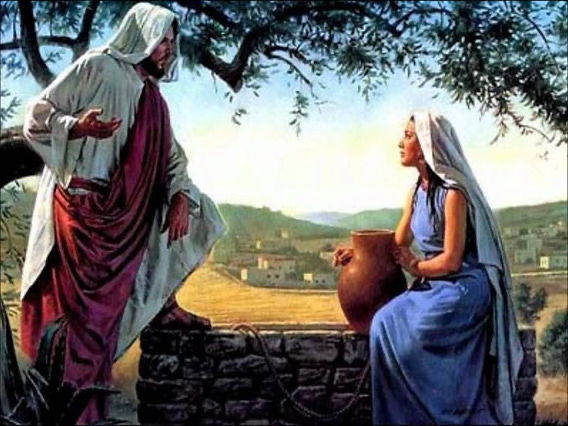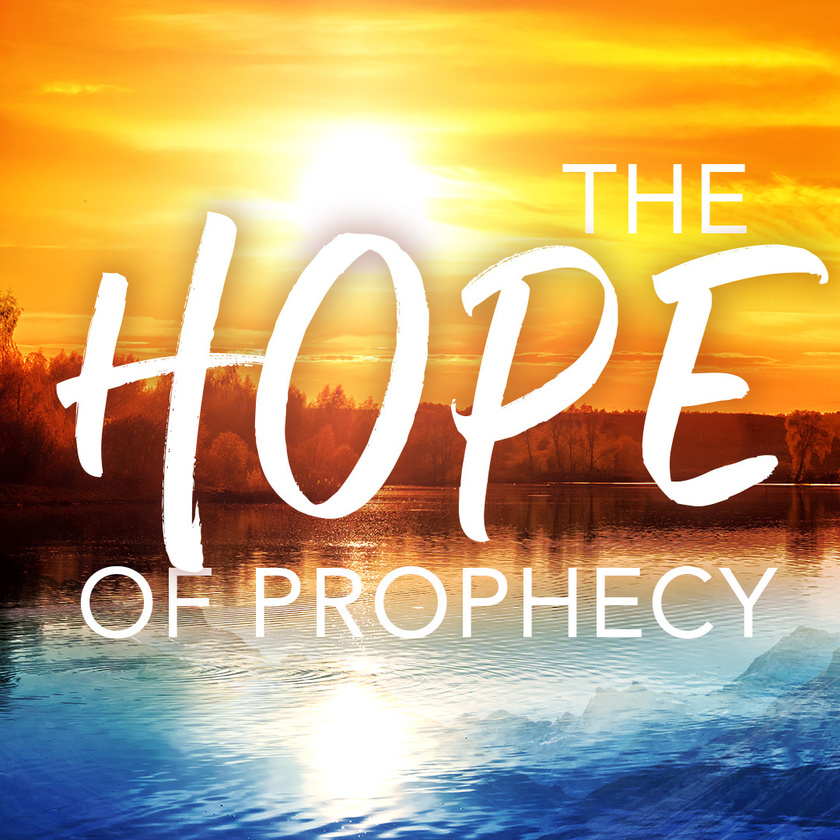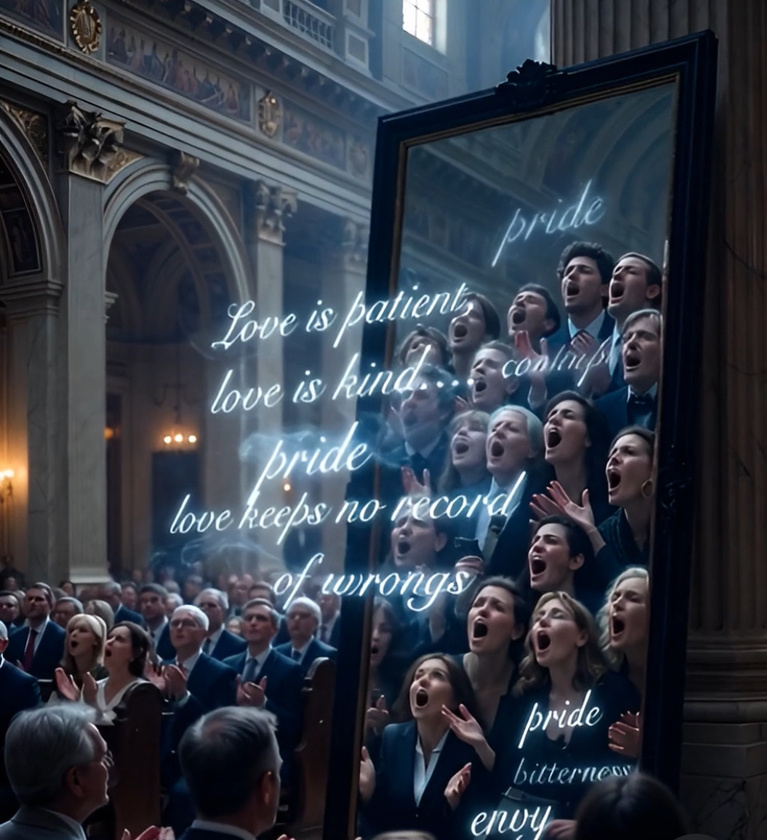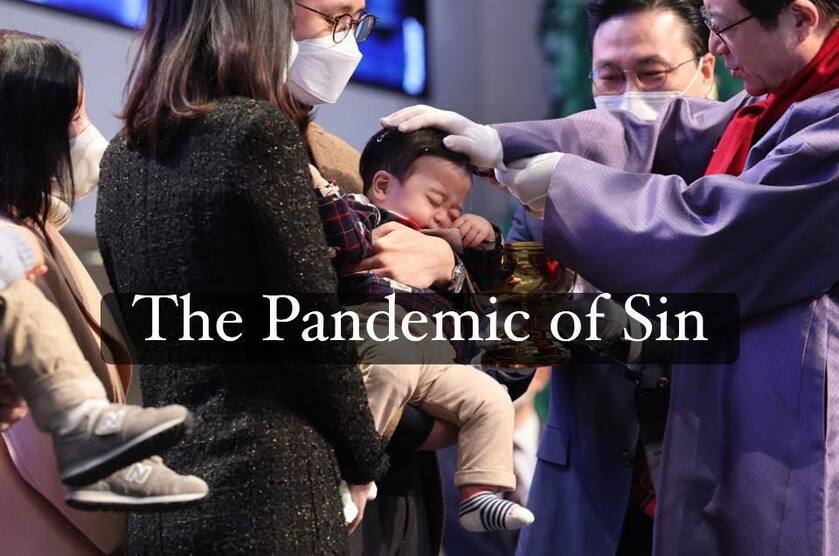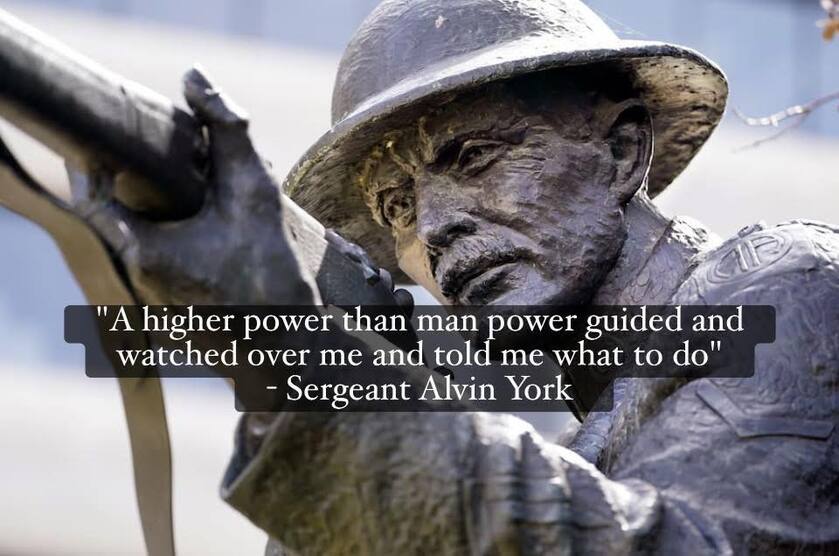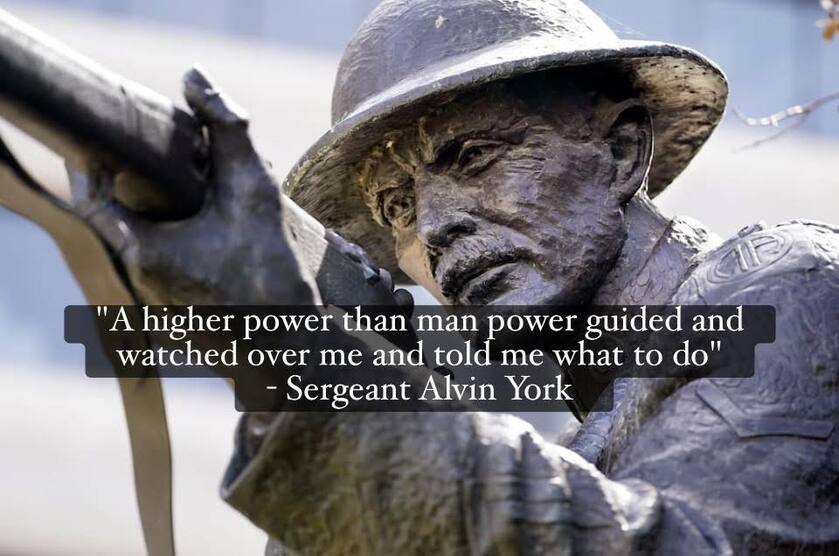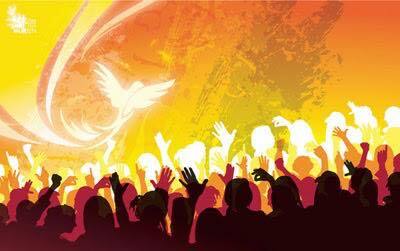Biblical Hope Amid Modern Suffering and Church Challenges
Romans 8:18-25
"For I consider that the sufferings of this present time are not worth comparing with the glory that is to be revealed to us. For the creation waits with eager longing for the revealing of the sons of God. For the creation was subjected to futility, not willingly, but because of him who subjected it, in hope that the creation itself will be set free from its bondage to corruption and obtain the freedom of the glory of the children of God. For we know that the whole creation has been groaning together in the pains of childbirth until now. And not only the creation, but we ourselves, who have the firstfruits of the Spirit, groan inwardly as we wait eagerly for adoption as sons, the redemption of our bodies. For in this hope we were saved. Now hope that is seen is not hope. For who hopes for what he sees? But if we hope for what we do not see, we wait for it with patience."
Whether it’s personal trials, global crises, or the brokenness we see in the world around us, Paul doesn’t minimize it. Instead, he declares that these "sufferings of this present time are not worth comparing" to the glory awaiting us. The Apostle Paul invites us to shift our gaze from the pains of the present to the promise of a glorious future. It’s a bold statement he makes about the coming of Christ's eternal kingdom, one that challenges us to weigh our current hardships against the eternal weight of God’s redemptive plan.
Paul uses imagery that is vivid and hopeful. Pain with purpose. expands this to include all of creation. The earth itself; mountains, oceans, animals, ecosystems, has been "subjected to futility" because of humanity’s fall into sin (Genesis 3). It’s not groaning aimlessly; it’s like a woman in labor, anticipating birth. Creation longs for the day when God’s children are fully revealed, and everything is set free from decay into glorious freedom. And as believers, we join in this groaning. We have the "firstfruits of the Spirit", a foretaste of God’s presence and power, but we’re not there yet.
Revelation chapter 21 provides a stunning vision of the fulfillment of that hope. The prophecy brings this to life, showing us the ultimate renewal: a new heaven and new earth where the old order, marked by decay, pain, and death, has passed away. The Revelation realizes this as God declares,
"Behold, I am making all things new." (v.5)
The "bondage to corruption" gives way to a world without tears, mourning, or pain. This connection isn’t just poetic; it’s prophetic assurance. Paul’s hope in the unseen (Romans 8:24-25) is vividly seen in John’s apocalyptic vision. In a world still rife with suffering, natural disasters, personal losses, or global conflicts, these passages together remind us that our waiting is purposeful. The labor pains bring birth, a renewed creation where God’s presence eradicates every shadow of the fall.
This "holy city" is not merely a physical location but a rich symbol of divine restoration, perfect communion between God and humanity, and the ultimate defeat of sin and suffering. Revelation 21:2 describes New Jerusalem "coming down out of heaven from God, prepared as a bride adorned for her husband," highlighting its divine origin and beauty. It is a radiant city, illuminated solely by God’s glory and the Lamb (Jesus Christ), with no need for sun or moon (Revelation 21:23; 22:5). And inside flows a "river of the water of life" from God’s throne, flanked by the tree of life bearing 12 kinds of fruit for the healing of the nations (Revelation 22:1-2). Eternal life-sustaining abundance.
Notably, there is no temple, no Cathedrals, no mention of the business of church, as God and the Lamb themselves are the temple (Revelation 21:22), emphasizing direct, unmediated access to the divine.
We turn now to another profound metaphor Paul employs in 2 Corinthians 5:1-10:
Paul, writing to the Corinthian church amid persecution and personal hardships, draws from the nomadic life familiar to ancient audiences. A tent is portable, fragile, and temporary, a shelter that’s easily pitched and struck, vulnerable to weather, wear, and tear. In the same way, our earthly bodies are transient homes. Homes subject to aging, illness, pain, and ultimately death. They are "destroyed" not just by physical demise but by the broader "futility" and "bondage to corruption" Paul mentions in Romans 8:20-21. The tent is contrasted with "a building from God, a house not made with hands, eternal in the heavens" (v. 1). This eternal dwelling represents the resurrected, glorified body, imperishable, powerful, and spiritual. It’s a permanent home, echoing the New Jerusalem in Revelation 21. A divine city descending from heaven, where God’s presence is the ultimate shelter, with no need for temples or intermediaries. In this tent, we feel burdened, longing not to be stripped bare (unclothed) but to be "further clothed" with immortality, where "what is mortal may be swallowed up by life" (v. 4). This isn’t a desire for escape but for transformation, like trading a flimsy canvas for an unshakeable structure. This imagery reinforces the patience in hope from Romans 8:25. We "walk by faith, not by sight" (v. 7), enduring the tent’s discomforts with courage because we know the eternal home awaits. And The Holy Spirit serves as a "guarantee" (v. 5), the "firstfruits" from Romans 8:23, assuring us of this upgrade.
The order is clear, Christ first, then believers at His return (Parousia), his second coming, culminating in God’s total reign (vv. 1 Corinthians 15:20-28). A key imagery is the seed (vv. 35-44), Just as a seed dies to produce new life, our perishable, earthly bodies, weak and dishonored like the "tent" in 2 Corinthians, are sown in death but raised imperishable, glorious, and powerful. Paul contrasts the "natural body" (from Adam, dust-bound) with the "spiritual body" (from Christ, the life-giving spirit), transforming us to bear heaven’s image. New creation, free from decay, and Romans 8’s freedom for creation and children of God.
Mainstream Christian views affirm a literal bodily resurrection, emphasizing transformation over mere revival. In light of these revelations, today we should live "steadfast, immovable" (v. 58) by investing in eternal pursuits, serving others, and ensuring that the church is sharing the gospel.
This perspective critiques escapism, urging active patience and stewardship. We are not called to divisions, we're to be unified in the gospel. In a time of economic weaponization and fragmented global policy, the teachings of the gospel call for hope in the unseen, fostering resilience rather than despair. This is why "The Church", the body of Christ, must serve the gospel, for in that purpose we find Christ's power and hope. The church today should reflect that future glory; a radiant, inclusive body illuminated by Christ’s light, offering healing and abundance amid brokenness.
Reality Check:
Gen Z christians eadily experience revival and retreat simultaneously, evangelism is on life support in most congregations, and church closures in the US could reach 15,000 this year, outpacing new plants. A major challenge is declining theological literacy within evangelical circles, eroding the depth needed to navigate modern complexities. Add to the the historical heretical nature of many traditions of men based disciplines that continue to erode the gospel truth.
The good news is, today's teachings speak prophetically here. The church, like the perishable body in 1 Corinthians 15, may feel sown in weakness, facing hardships, closures, and cultural irrelevance, but is raised in Christ's power through His resurrection hope. Paul’s tent metaphor in 2 Corinthians 5 encourages courage, walking by faith amid burdens, with the Spirit as our guarantee. For the church, this means being a beacon of hope, proclaiming victory over death and sin, even as it groans with the world.
Ultimately, these scriptures call the church to steadfastness, not retreating from modern woes but engaging them with patient hope, mirroring God’s redemptive work. For the church today, consider ways to deepen theological literacy and revive evangelism in your community. Pray for closed churches and rising believers, then act. Share hope with someone affected by these conflicts, live as if the New Jerusalem’s light already shines through you.
Prayer
Heavenly Father, in a world groaning under corruption, unemployment, conflicts, and disasters, help us see Your promise of renewal as in Revelation 21. Strengthen Your church amid closures and challenges, raising belief among the young and restoring literacy in Your Word. As we await resurrection glory from 1 Corinthians 15, clothe us in hope, transforming our tent-like frailty into eternal strength. Guide us to reflect Your kingdom now. In Jesus’ Holy and victorious name, Amen.

